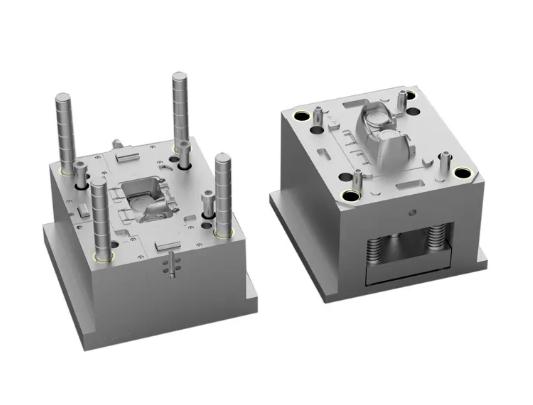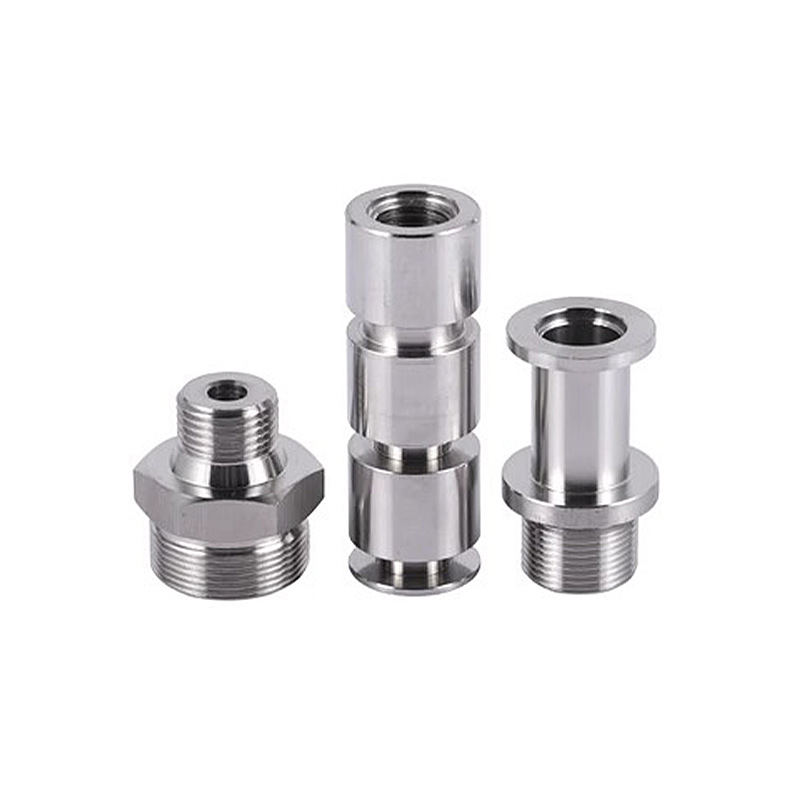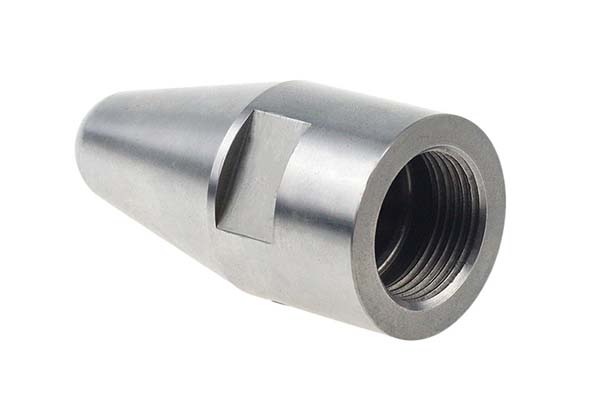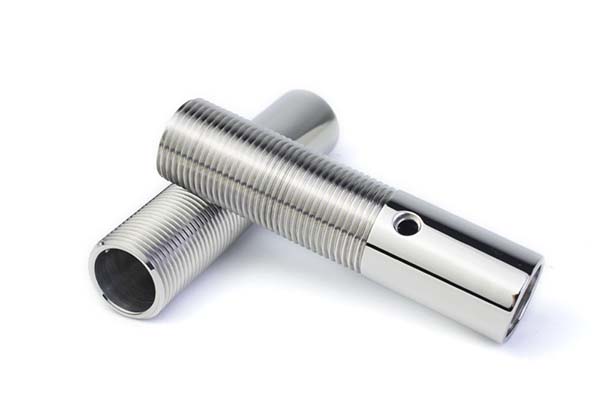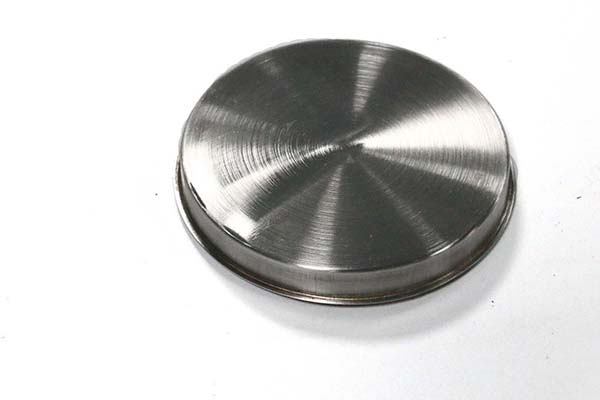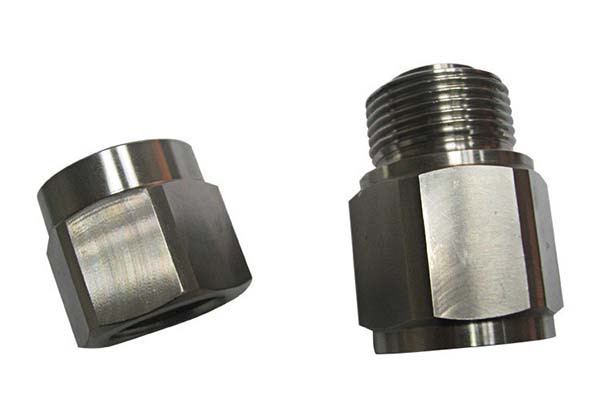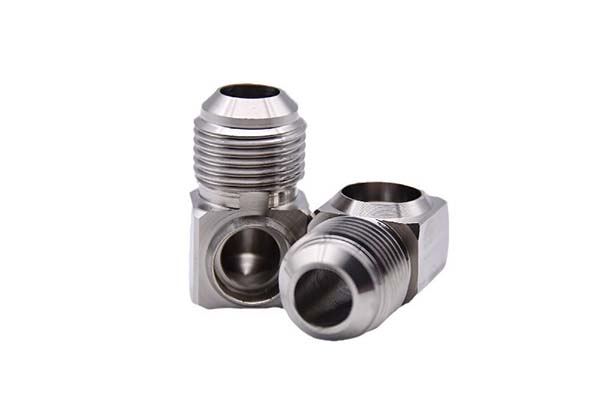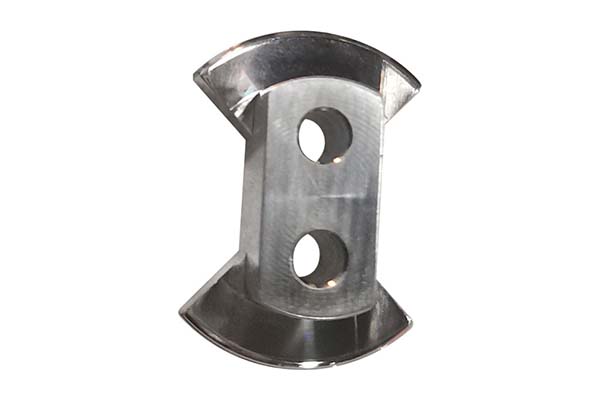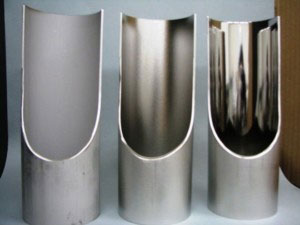Introduction
In the vast and intricate realm of automotive engineering, milling auto parts stand as the unsung heroes, silently yet powerfully driving the entire industry forward. The automotive industry is a behemoth, constantly evolving and innovating to meet the ever - changing demands of consumers and the stringent requirements of safety, performance, and efficiency. Milling auto parts are not just components; they are the building blocks that enable the creation of vehicles that are not only modes of transportation but also symbols of technology, comfort, and style.
Consider the millions of cars, trucks, and buses that hit the roads every day around the world. Each of these vehicles is a complex assembly of thousands of parts, and milling plays a crucial role in manufacturing many of them. From the engine components that generate power to the chassis parts that ensure stability and handling, milling techniques are employed to shape raw materials into precisely engineered components.
For Yigu Technology instance, in high - performance sports cars, where every ounce of weight and every degree of precision matter, milled parts can make the difference between a good car and a great one. A well - milled engine block can optimize fuel combustion, leading to increased power output and better fuel efficiency. Similarly, in luxury vehicles, the precision of milled interior components contributes to the overall sense of quality and refinement that customers expect.
As Yigu Technology delve deeper into the world of milling auto parts, we will explore how these components are revolutionizing automotive engineering. We'll look at the advanced milling techniques, the materials used, and the impact on vehicle performance, safety, and cost - effectiveness. By the end of this exploration, you'll have a newfound appreciation for the role that milling auto parts play in keeping the wheels of the automotive industry turning.
The Basics of Milling Auto Parts
Definition and Process
Milling auto parts refers to the manufacturing process of using milling machines to shape raw materials, typically metals like aluminum, steel, or titanium, into specific components required for automobiles. This subtractive manufacturing method involves removing material from a workpiece to achieve the desired shape, dimensions, and surface finish.
The milling process generally begins with the selection of the appropriate raw material, which is often in the form of a block or a bar. This workpiece is then securely mounted onto the milling machine's worktable. The milling machine is equipped with a rotating cutting tool, called a milling cutter, which can have various shapes such as end mills, face mills, or ball - nose mills, depending on the nature of the part being produced.
As the milling cutter rotates at high speeds, it is fed into the workpiece along multiple axes (usually three - dimensional: X, Y, and Z). The cutter removes small chips of the material, gradually sculpting the workpiece into the designed part. Precision is of utmost importance, and modern milling machines are often computer - numerically controlled (CNC), allowing for extremely accurate cuts with tolerances as low as a few micrometers. For example, when milling a complex engine component, the CNC milling machine can precisely carve out intricate channels and cavities, ensuring that the final part meets the exact specifications for fuel flow and combustion efficiency.
Types of Milling Auto Parts
There are numerous types of auto parts that are produced through milling, each playing a crucial role in the overall functioning of a vehicle.
- Engine Block: The engine block is one of the most vital components in a car. It houses the engine's cylinders, pistons, and other internal components. A well - milled engine block provides a stable and precise structure for the engine's moving parts. For Yigu Technology instance, in a high - performance V8 engine, the cylinders in the milled engine block need to be perfectly aligned and sized to ensure efficient combustion and power output. Any deviation in the milling process could lead to issues such as engine knocking, reduced power, or even engine failure.
- Transmission Gears: Transmission gears are responsible for transferring power from the engine to the wheels while allowing for different gear ratios. Milled transmission gears have precisely cut teeth that mesh smoothly with each other. In a manual transmission, the gears' precise milling ensures easy and smooth shifting, while in an automatic transmission, the gears' accuracy contributes to seamless gear changes and optimal fuel efficiency. For Yigu Technology example, in a luxury sedan with a high - tech automatic transmission, the milled gears enable quick and precise gear shifts, enhancing the driving experience.
- Brake Calipers: Brake calipers are essential for a vehicle's braking system. They house the brake pads and pistons, and when activated, they squeeze the brake pads against the brake rotors to slow down or stop the wheels. Milled brake calipers are often made from lightweight yet strong materials like aluminum. The precise milling of the caliper's internal channels and piston bores ensures consistent and reliable braking performance. In high - performance sports cars, where braking power is critical, the accuracy of the milled brake calipers can make the difference between a safe stop and a dangerous situation.
How Milling Auto Parts Drive Engineering
Precision and Quality Improvement
Milling plays a pivotal role in enhancing the precision and quality of auto parts, which in turn significantly boosts the overall performance of automobiles. Let's take a look at the following Yigu Technology table comparing the precision of engine components produced through traditional machining and modern milling techniques:
| Machining Method | Dimensional Tolerance (mm) | Surface Roughness (μm) |
| Traditional Machining | ±0.1 - ±0.3 | 3.2 - 6.3 |
| Modern Milling (CNC) | ±0.001 - ±0.01 | 0.8 - 1.6 |
As shown in the table, modern milling, especially when using CNC technology, can achieve much higher precision in terms of dimensional tolerance and surface roughness. For engine components like pistons, this high precision ensures a perfect fit within the cylinders. A precisely milled piston reduces the risk of gas leakage, which is crucial for maintaining optimal engine compression. This, in turn, leads to better fuel combustion, increased power output, and improved fuel efficiency. For example, in a high - performance engine, a milled piston with tight tolerances can increase power by up to 5 - 10% compared to a piston with lower precision.
Moreover, the high - quality surface finish obtained through milling reduces friction between moving parts. In the case of transmission shafts, a smooth surface finish minimizes wear and tear, extending the lifespan of the component and improving the overall reliability of the transmission system.
Cost - Efficiency in Production
In large - scale automotive production, cost - efficiency is a crucial factor, and milling offers several advantages. Consider the production time for a batch of 10,000 transmission gears. With traditional manufacturing methods, it might take approximately 100 hours to produce this quantity. However, with modern high - speed milling machines, the production time can be reduced to just 30 hours. This significant reduction in production time not only increases the output rate but also lowers labor costs associated with the production process.
In terms of material cost, milling is a subtractive manufacturing process, but advanced milling techniques can optimize material usage. For instance, when milling parts from aluminum blocks, computer - aided design (CAD) and computer - aided manufacturing (CAM) software can be used to design the part layout in a way that minimizes waste. In a study, it was found that by using these optimization techniques, material waste during milling could be reduced by up to 30% compared to traditional, less - optimized methods. This results in substantial cost savings, especially when dealing with expensive materials like titanium used in high - end automotive components.
Innovation in Automotive Design
Milling technology has been a catalyst for innovation in automotive design. In the past, the complexity of automotive parts was limited by the manufacturing techniques available. However, modern milling, especially multi - axis milling, allows for the creation of parts with highly complex geometries.
Take, for example, the design of modern automotive exhaust manifolds. In the past, exhaust manifolds were relatively simple in shape, which often led to inefficiencies in exhaust gas flow. With milling technology, manufacturers can now create exhaust manifolds with intricate internal channels and precisely angled bends. These complex designs improve the scavenging effect, allowing the engine to expel exhaust gases more efficiently. This not only improves engine performance but also helps in meeting strict emissions standards.
Another example is the design of lightweight yet strong chassis components. Milling enables the creation of parts with internal truss - like structures that provide maximum strength with minimum weight. These innovative designs are crucial for the development of electric vehicles, where reducing weight is essential for maximizing battery range. In luxury vehicles, milling also allows for the creation of unique, aesthetically pleasing interior components, enhancing the overall appeal of the vehicle.
In conclusion, milling auto parts are not just a manufacturing process; they are the driving force behind the continuous evolution and innovation in the automotive engineering industry, from improving precision and quality to enhancing cost - efficiency and enabling design breakthroughs.
FAQ
- Q: How does milling improve the precision of auto parts compared to other manufacturing methods?
A: Milling, especially CNC - controlled milling, can achieve much tighter dimensional tolerances and better surface finishes compared to traditional machining methods. The rotating milling cutter, guided by precise computer - controlled movements, can remove material with high accuracy, resulting in parts that meet strict specifications.
- Q: What are the cost - saving aspects of milling in automotive production?
A: Milling reduces production time, which cuts down on labor costs. It also optimizes material usage, minimizing waste, especially when using CAD/CAM software for layout design. These factors contribute to significant cost savings in large - scale automotive production.
- Q: Can you give more examples of how milling enables innovative automotive design?
A: Milling allows for the creation of complex shapes in engine components like cylinder heads with optimized coolant channels. In suspension systems, it enables the production of parts with unique geometries that improve handling and ride comfort while reducing weight.
Conclusion
In Yigu Technology conclusion, milling auto parts are the cornerstone of modern automotive engineering, with far - reaching implications across multiple aspects of the industry. The precision and quality improvement brought about by milling have redefined the standards of automotive performance. The ability to achieve tight tolerances and excellent surface finishes has not only enhanced the reliability and durability of vehicles but has also enabled manufacturers to push the boundaries of what is possible in terms of power output, fuel efficiency, and overall driving experience.
The cost - efficiency benefits of milling in production cannot be overstated. By reducing production time and optimizing material usage, automotive manufacturers can produce high - quality parts at a lower cost, making their products more competitive in the global market. This cost - effectiveness is crucial for the long - term sustainability of the automotive industry, especially in an era where price - sensitive consumers and intense market competition are the norm.
Moreover, milling has been the driving force behind innovation in automotive design. It has given designers the freedom to create complex and unique part geometries that were previously unattainable. From advanced engine components to lightweight chassis parts and aesthetically pleasing interior elements, milling technology has opened up new possibilities for automotive design, contributing to the development of more efficient, safer, and stylish vehicles.
As the automotive industry continues to evolve, with trends such as electrification, autonomous driving, and the pursuit of ever - higher levels of performance and sustainability, the role of milling auto parts will only become more critical. There is a pressing need for continuous improvement in milling techniques. This includes further advancements in CNC technology, the development of more efficient cutting tools, and the exploration of new materials that can be milled to meet the emerging demands of the automotive sector.
In essence, milling auto parts are not just a means of manufacturing components; they are an integral part of the automotive engineering ecosystem, enabling the creation of vehicles that are at the forefront of technology and innovation. The future of automotive engineering is firmly tied to the continued development and refinement of milling processes, and as such, it is essential for industry professionals, researchers, and manufacturers to invest in and drive forward this critical area of technology.
